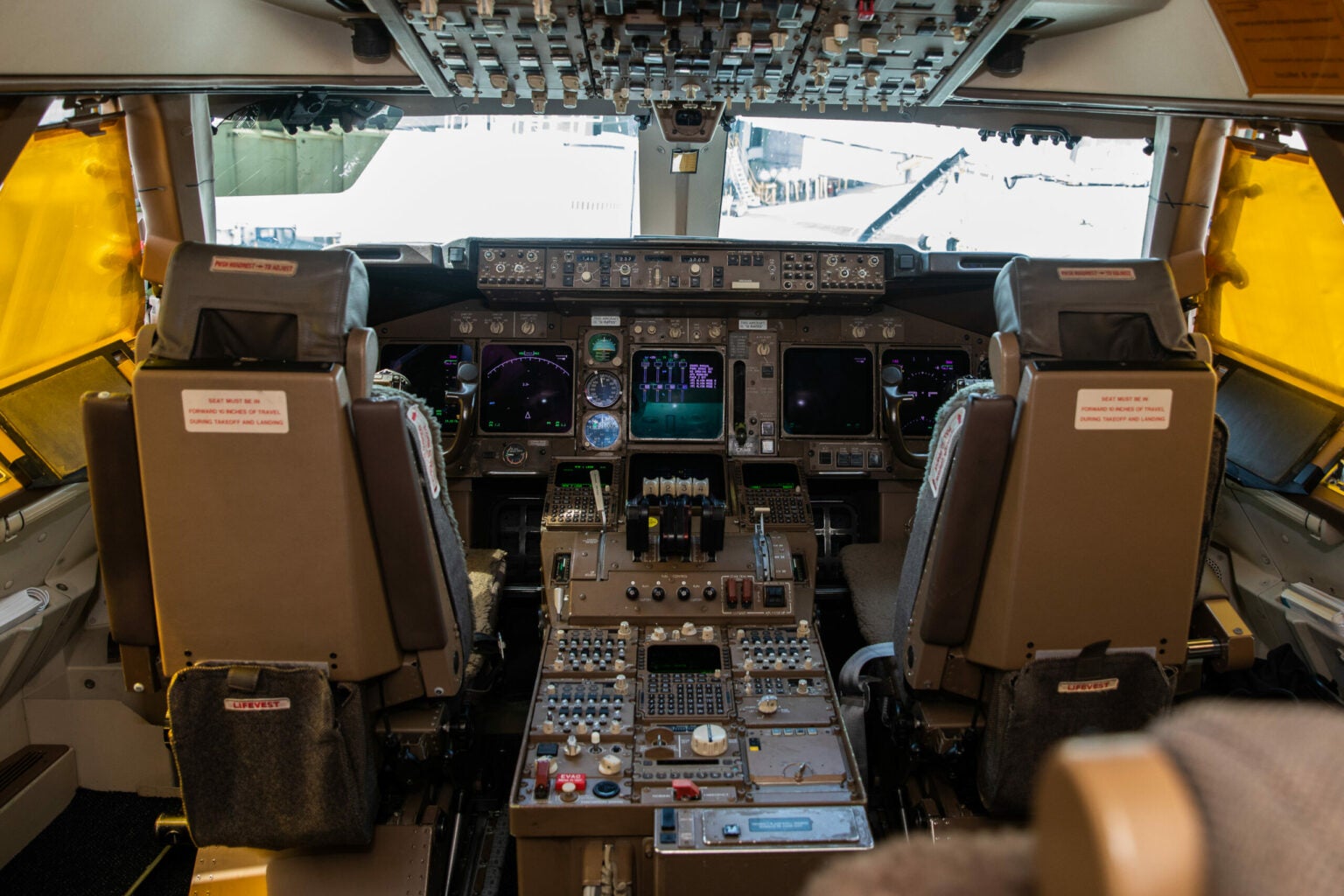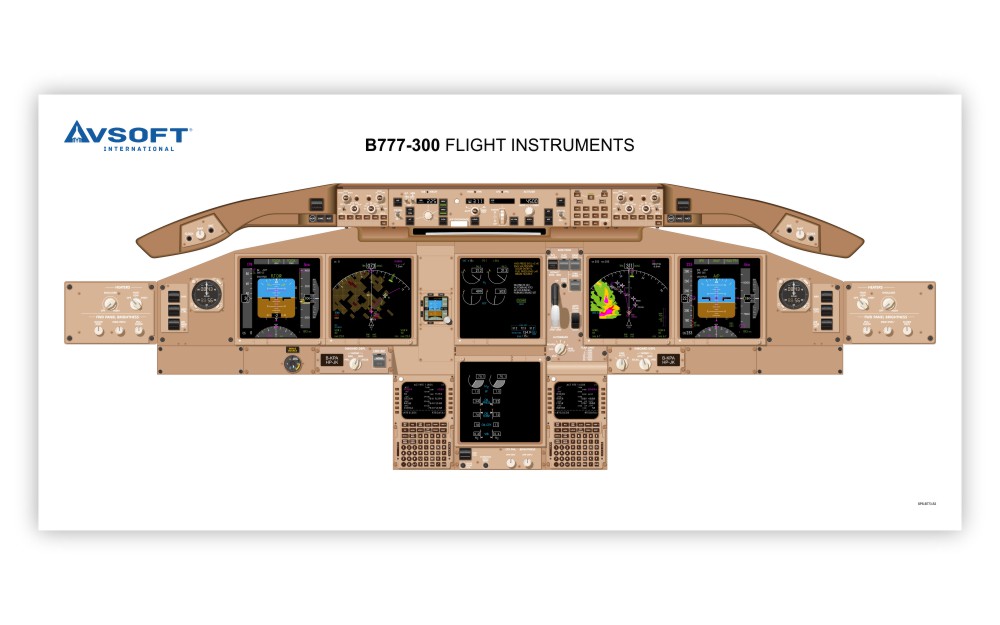What do B-52s and a Chinese soccer stadium have in common? Both are using Epic Games’ Unreal Engine to create digital twins to help with their designs. Now, you might think having a software gaming engine would be a stretch to retrofit the real engines on a 60-plus year old bomber, but that is exactly what Boeing is doing. The 3D visualization environment makes it easier to design and provide faster feedback to meet the next generation of military pilots.
This being the military, the notion of “faster” is a matter of degree. The goal is for Boeing to replace the eight Pratt and Whitney engines on each of 60-some planes, as well as update cockpit controls, displays and other avionics. And the target date? Sometime in 2037. So check back with me then.
Speaking of schedules, let’s look at what is happening with that Xi’an stadium. I wrote about the soccer stadium back in July 2022 and how the architects were able to create a digital twin of the stadium to visualize seating sight lines and how various building elements would be constructed. It is still under construction, but you can see a fantastic building taking shape in this video. However slowly the thing is being built, it will probably be finished before 2037, or even before 2027.
Usually, when we talk about building digital twins, we mean taking a company’s data and making it accessible to all sorts of analytical tools. Think of companies like Snowflake, for example, and what they do. But the gaming engines offer another way to duplicate all the various systems digitally, and then test different configurations by literally putting a real bomber pilot in a virtual cockpit to see if the controls are in the right place, or the new fancy hardware and software systems can provide the right information to a pilot. If you look at the cockpit of another Boeing plane — the iconic 747, now mostly retired, you see a lot of analog gauges and physical levers and switches.

Now look at the 777 cockpit — see the difference? Everything is on a screen.

It is ironic in a way: we are using video gaming software to reproduce the real world by placing more screens in front of the people that are depicted in the games. A true Ender’s Game scenario, if you will.